by Editor | Oct 17, 2025 | Information
Pairing music with drinks can set the tone for an entire evening. On Jeju Island, bartenders blend soju with fruit, tea, and soda to create balanced cocktails that complement different singing styles. The right match lightens nerves, supports your voice, and keeps the room energized without overwhelm. This guide connects common 제주 룸싸롱 karaoke picks with soju-based options that suit tempo and mood, so the set list and the glass in your hand work together.
Why Pairing Matters In A Singing Room
A good drink should refresh without stealing the spotlight. High-sugar mixes can tire the voice; strong spirits can flatten pitch control. Soju’s clean profile solves both concerns. It mixes smoothly, keeps a moderate profile by volume, and accepts citrus or herbal accents that soothe the throat. In a private room, this balance lets you sing longer with more control. That practical edge, not just novelty, is why soju cocktails fit karaoke so well.
Ballads And Citrus Notes
Slow ballads call for clarity. Citrus spritzes with soju and soda keep the palate clean and the voice crisp. A wedge of lemon or yuzu adds aroma without heaviness. If you tend to pick high notes, a cooler drink helps reduce throat dryness between songs. Ask for light ice and a restrained pour of syrup. The idea is freshness, not dessert. As you move through ballads, sip water alongside the cocktail to keep tone steady.
Pop Anthems And Sparkling Mixes
Pop choruses need a lift. Sparkling soju with tonic or a mild ginger soda creates a lively base that matches upbeat tempos. The bubbles reset the palate after big refrains and prepare you for the next hook. If your group likes synchronized claps and call-and-response sections, this pairing gives energy without rushing the room. Keep the garnish simple. A clean rim and clear glass put the focus on the music, where it belongs.
Hip-Hop Verses And Tea Infusions
Rap sections benefit from calm focus. Tea-infused soju—green tea or roasted barley—offers gentle flavor and less sweetness. The result is a steady companion for rapid verses, with a finish that does not coat the mouth. Many bars on Jeju pre-infuse small batches for evening service, which keeps flavors consistent. If a tea infusion is not available, a plain soju highball with minimal syrup delivers a similar effect.
Rock Classics And Fruit Highballs
Guitar-driven tracks invite a slightly bolder profile. Fruit highballs with tangerine or hallabong—a Jeju specialty—pair well with steady drum lines and big finishes. The island’s citrus has a bright aroma that lifts mid-tempo tracks without overpowering them. Ask for measured sweetness so the drink stays refreshing through the set. If your group plans a long run of classics, alternate with water between songs to keep voices strong.
Duets And Shared Pitchers
Duets thrive on collaboration, and shared pitchers reinforce that theme. Soju sangria with citrus slices, club soda, and a touch of white grape offers a communal base for back-and-forth songs. Keep the pour light to avoid fatigue, and use small glasses to pace the table. Pitchers also reduce interruptions, which helps the duet keep its timing between verses.
Nonalcohol Options That Support The Set
Not everyone drinks alcohol, and a successful karaoke night respects that. Many bars make zero-proof “soju style” mocktails with citrus, tea, and soda that mirror the pairings above. Ginger tea with honey, served warm before a ballad, helps the voice. A cold yuzu soda refreshes during fast pop tracks. Offering these options ensures everyone can sing at their best, and it keeps the room inclusive.
Ordering And Pace That Keep The Night On Track
Order by the session, not the hour. Start with lighter cocktails, then adjust based on song choices. If your set shifts to faster tracks, move from tea-based drinks to sparkling mixes. If voices tire, pause for water and a small snack before you continue. Staff in Jeju’s bars and rooms are used to this ebb and flow, and they will help you time refills to avoid mid-song interruptions.
How Pairing Shapes Memory
Long after the final chorus, sensory links remain. Guests often recall the scent of hallabong in the glass when a classic rock bridge kicked in, or the quiet focus of a tea highball during a precise verse. These ties deepen the night’s pleasure without drawing attention away from the main event. Done well, pairing is less about drinks and more about pacing, mood, and care for the voice that carries your favorite songs.
by Editor | Oct 13, 2025 | Information
Karaoke in Gangnam carries a social code and a practical rhythm that turn a simple singalong into a polished night. Themed studios range from neon pop sets to retro lounges lined with album jackets. Visitors ask two core questions. How do you pick a room that fits your group’s mood, and how do you manage time, track choice, and etiquette so that everyone leaves smiling? Clear expectations, steady pacing, and small rituals make the difference.
Room selection sets the tone. Some studios spotlight chart hits with animated videos and large remotes. Others feature softer lighting, older catalogs, and plush seating that suits ballads and long duets. Ask the desk staff which rooms hold your preferred song languages and genre strength. If your group spans tastes, request a mixed catalog room and set a ground rule: alternate between high-energy songs and slower pieces to keep voices fresh. Many studios offer prop boxes or themed décor that matches genres; choose a room that nudges the group toward lighthearted performance without pushing anyone past comfort.
Time blocks matter. Most studios sell sessions by the hour with extensions in fifteen-minute units. Begin with one hour, then reassess at the fifty-minute mark. That small checkpoint helps you decide whether to add time or close the set with a group finale. Snacks and drinks, ordered with the call button, arrive quickly and keep spirits up. Encourage water between songs; dry throats shorten the night. Consider a no-queue policy for the remote so that one person enters songs while another performs, which prevents duplicate picks and keeps a steady flow.
Song choice blends strategy and kindness. Start with mid-range tracks that suit many voices and build to higher notes later. Place one safe duet early to lower nerves and give everyone an easy chance to join in. Does your group include someone new to 풀싸롱 karaoke? Offer the second or third slot rather than the first to allow time to adjust. Respect solo picks even if the genre is outside your preference. The host’s applause after each song sets the tone; lead by example with claps and short compliments. Healthy feedback builds courage across the room.
Equipment use grows easier with a few tips. Microphones should be held close but not pressed to the lips to avoid distortion. Stand if the room allows; posture improves air flow and pitch stability. Use on-screen key controls to drop or raise the song by a step to match your range rather than forcing a strain. Echo and volume should support the singer rather than drown them. If the track starts in the wrong language version, pause and reselect. Staff can swap settings quickly if asked with a smile.
Etiquette protects the fun. Arrive on time, keep the hallway clear, and avoid propping doors open, since sound carries easily. If your group splits the bill, settle it at the desk rather than at the threshold of the room. Do not bring outside food unless the studio allows it. Handle equipment gently; stands and remotes are the tools of the house. If you want to record a short clip, ask group consent and avoid filming other rooms. Respect for the shared space maximizes welcome for your return visit.
Variety expands the night’s character. Themed studios often carry small visual cues that invite a costume change of attitude rather than clothing: a retro neon sign suggests old-school ballads; a brick-wall corner hints at rock sets; a small stage light invites dance-focused tracks. Consider planning a three-part arc: opener songs that everyone knows, mid-set challenges that push range or language, and a final stretch of anthems that bring the room together. A simple arc helps each person remember highlights and talk about them with joy the next day.
The last notes should land with care. Cool down with an easier track, take a group photo if you have consent, and tidy the room. Thank the staff on the way out. If you plan a late snack, choose a quiet spot nearby; voices need rest after high notes. Reflect for a moment on what worked: was the room a good fit, did the time block serve the group, and which tracks lifted the energy? Those answers guide your next visit and, over time, turn you into the friend who always books the right room.
In a district known for lights and speed, themed norebangs give structure to play. Pick a room that suits the mood, manage the clock, choose songs with care, and honor small rules that keep the space pleasant. The result is simple and strong: songs land cleanly, laughter comes easily, and everyone steps back into the night feeling lighter than when they arrived.
by Editor | Oct 11, 2025 | Information
Gangnam has a reputation for premium price tags, yet it also offers free sights, affordable bites, and strong 강남 쩜오 energy for those who plan with care. The secret is to stack no-cost stops with low-cost meals and well-timed treats, creating a day that feels full without straining a wallet. This guide lays out principles and examples to help visitors spend where it matters and save where it does not.
Free Views and Public Art to Start the Day
Public squares, riverside walks, and outdoor art create a base layer of value. Begin with a morning stroll through well-known plazas and underpasses that hold murals or installations. This sets the tone, provides photographs without ticket lines, and gives you a sense of the district’s scale. Early hours produce cleaner frames and softer light, which can make even a simple wall piece feel cinematic. What sights feel worth a return visit at sunset? Mark them on your map for a later loop.
Museums and Galleries With Free Entry Windows
Several cultural venues offer free sections or rotating shows with open entry. Check posted schedules at entrances and look for signs that point to public halls or foyer exhibits. A thirty-minute visit can add texture to your day without pulling from your budget. When you do spend on a ticket, choose shows that you will remember. A clear theme, strong curation, and well-labeled displays often deliver better value than larger but unfocused collections.
Cafés and Bakeries: Affordable Midday Fuel
Gangnam’s café scene spans prices. Look for bakeries that list set menus or morning specials. A pastry and a coffee can carry you through lunch if the schedule is tight. If you plan a café crawl, alternate more premium drinks with standard orders. House-filter coffee is often priced lower yet shows the kitchen’s care for extraction and roast. Ask staff for the best value item of the day; many places rotate discounted bakes near closing.
Food Courts, Kimbap Shops, and Counter Seats
Budget eats in Gangnam often hide in plain sight. Food courts inside larger complexes sell rice bowls, noodles, and soups at lower prices than street-front restaurants. Kimbap shops serve quick rolls and stews that travel well if you plan a park picnic. Counter seats at small kitchens reduce wait times and show you the cooking process, which adds interest at no cost. Build a loose plan: one quick bite mid-morning, a light lunch, and a substantial early dinner. This spreads spending and keeps energy steady.
Parks, River Walks, and Evening Light
Free green spaces pay off most near sunset. Take a late walk along riverside paths or pocket parks to watch the district shift from day to night. Many visitors note the simple pleasure of sitting on a step with a convenient snack while the city lights flicker on. That image costs almost nothing, yet it often becomes the day’s headline memory. Which bend in the path gives you a skyline and water reflection in one frame? Save it for a final stop.
Thrift and Pop-Up Windows
If shopping fits your plan, consider thrift stores or short-run pop-ups with fair pricing. A small accessory or secondhand jacket can mark the trip without inflating costs. Check racks carefully for condition and ask about return policies. Stores that steam garments and tag materials clearly often show better standards. Do not feel pressure to buy; window-shopping still lets you read trends and enjoy design.
Transit and Timing
Smart timing reduces expenses. Group nearby stops to cut transit fares and shoe-leather fatigue. If you need to cross longer distances, pick one transit ride that links two clusters of interest, then walk the remainder. Off-peak hours make both trains and sidewalks calmer, which adds comfort without a surcharge. Keep a small umbrella or packable jacket handy so weather does not force paid indoor time you did not plan.
A Budget That Still Feels Rich
A day rich in memory often comes from thoughtful sequencing, not high spend. Start with a free visual anchor, add one or two culture stops, keep meals modest and flavorful, and end with a river walk. The question to ask is not “How little can I spend?” but “Which low-cost choices give me the strongest sense of place?” In Gangnam, those choices are closer than you might expect.
by Editor | Oct 8, 2025 | Information
Why art in a pop capital deserves a second look
Gangnam carries a strong association with music idols and commercial polish, yet the district also shelters small galleries, experimental studios, and walls filled with color. Visitors who value texture beyond chart hits find an art scene that changes block by block. This article maps the cues that help you find independent spaces, understand their rhythms, and appreciate the craft on display.
Finding small rooms with big intention
Independent galleries rarely shout for attention. Subtle signage, staircases to second floors, and windows showing a single sculpture announce their presence. Staff may be few, but they often speak in practical terms about the work: mediums used, exhibition length, and artist backgrounds. Ask simple questions—how long will this show run, and what time of day brings fewer crowds? Direct answers reveal whether an unhurried visit is possible.
Studios that share floors with cafes or bookstores bring cross-traffic and conversation. These mixed-use buildings let you move between a latte and a lithograph without stepping back outside. Keep an eye on flyers near counters, which often list weekend workshops or late openings. Such events allow visitors to watch process, not just finished pieces.
Murals and outdoor color as a public diary
Street murals in Gangnam act as a living record. Some pay homage to cultural icons, while others use abstract forms to create motion down narrow lanes. Morning light helps you see paint textures and brush direction; evening light adds drama and contrast. Photography etiquette matters. Step back to include context—windows, signs, and street corners—so the mural’s relationship with the block remains visible. Crowds gather for social posts, but patience yields clear frames without interrupting traffic.
Public art changes, and that flux adds to the appeal. A piece you loved may vanish under a new concept months later. Asking nearby shop owners about the artist or the timeline often produces quick stories: how long the painting took, community reactions, or the night the lift arrived. These details turn a wall into a narrative.
Indie curation and the value of short runs
Small galleries often run compact shows that last a few weeks, not months. The short cycle keeps spaces fresh and gives early-career artists a platform. You may see media variety—ceramic, textile, digital prints—presented with tight focus. Labels tend to be concise, and many 강남야구장 venues share QR codes for extended notes. If you prefer print, ask for a handout; it helps you remember names and dates later.
Pricing can surprise, but staff often welcome conversation without pressure to buy. If you find a piece that resonates, ask about edition sizes, framing guidance, and care instructions. Buyers who travel appreciate tips on packaging and international shipping. These practical discussions reflect respect for both the work and the visitor’s needs.
Cafes, zines, and the rhythm between spaces
Creative neighborhoods in Gangnam often pair galleries with cafes that carry small-batch roasts, teas from noted farms, or dessert menus that mirror the visual care of nearby art. Some cafes stock zines, postcards, and artist-made goods. Picking up a small print keeps luggage light while supporting the scene. You may also find reading corners where local magazines cover design and architecture, adding context to what you see on walls.
A pleasant loop combines art and rest: gallery, cafe, mural walk, then a second gallery on a perpendicular street. That rhythm prevents fatigue and rewards close looking. If rain interrupts, indoor corridors inside mixed-use buildings keep you dry while maintaining access to studio doors.
Respect for space and the people who keep it
Good etiquette strengthens independent art ecosystems. Ask before taking close-up photos of pieces inside. Keep drinks away from pedestals and frames. Speak softly when a room holds only a handful of visitors. A few minutes of care invite longer conversations with curators, who often offer recommendations for other spaces nearby. Those verbal maps become your best tool, pointing you to tucked-away rooms you might miss otherwise.
Gangnam’s art scene does not announce itself with billboards. It grows in small rooms, side streets, and walls that carry fresh paint. Visitors who look beyond headline acts find a district willing to reward patient attention.
by Editor | Jul 14, 2025 | Gambling, Sticky
Colorful graphics draw attention, yet every online bonus new member 100 slot rests on numbers. Players who understand how return to player percentage, house margin, volatility, hit frequency, and progressive jackpot contributions interact gain a clearer view of risk. That clarity does not predict any single spin; no system can. It does help you choose games that fit your bankroll and expectations. This article breaks down the core math, shows sample calculations, and looks at how published data from regulated markets can guide informed entertainment choices.
Why Numbers Matter Even for Casual Play
Many people treat slot sessions as light fun, and that is fine. Still, anyone who pays to play benefits from knowing what the numbers mean. Suppose you deposit 60 euro and split it over two nights. A misunderstanding of volatility or bet sizing can burn through that balance in minutes, while informed choices can stretch play time and reduce regret. Numbers also reveal that two games with similar themes may return money at very different rates over the long run.
Return to Player Percentage and House Margin
Return to player percentage is the theoretical share of total wagered money that a game pays back to players over a very large sample. The house margin equals 100 percent minus that number. Example: A game with a 96 percent return to player percentage carries a 4 percent house margin. If players collectively wager 10,000 euro over time, the long-run model expects about 9,600 euro in wins paid, leaving 400 euro as gross game hold. Individual sessions will vary widely because results arrive in discrete wins and losses, not smooth fractions. Yet over tens of thousands of spins the math converges toward the published figure if the game is fair and operates as certified.
Volatility, Hit Frequency, and Bankroll Swing
Volatility describes how unevenly the return is distributed. In a lower-volatility game, returns arrive in many small wins that keep the balance cycling; big payouts are rare. In a higher-volatility game, small wins occur less often while a large share of the return sits in bonus rounds or big symbol combinations. Hit frequency measures how often any win occurs, regardless of size. Why does this matter? Because your bankroll must survive the lean stretches that precede the larger hits in high-volatility titles. If you start with 100 euro and play a high-volatility game at 2 euro per spin, a run of 60 losing spins could consume your stake before the bonus triggers. The same bankroll at 0.20 euro per spin buys many more chances to reach the feature round that holds most of the game’s return.
Sample Bankroll Scenario
Assume Game A: 96 percent return to player percentage, low volatility, average hit every 4 spins paying 0.75 times stake. Game B: 96 percent return to player percentage, high volatility, average hit every 8 spins paying 1.50 times stake, but 60 percent of the total return sits in free spins that trigger on average once in 250 spins. With a 50 euro budget at 0.50 euro per spin, Game A might produce many small top-ups that keep you playing near the starting balance. Game B could drop quickly if the free spins do not arrive, yet a triggered feature could lift you far above starting funds. Neither game is “better”; the fit depends on taste and tolerance for swings.
Progressive Jackpots and Contribution Rates
Progressive slots allocate a slice of every bet to a growing prize pool. A portion seeds the next jackpot after one is won; another portion builds the current meter. Suppose a progressive takes 5 percent of each qualifying stake. That slice reduces the base game return because those funds feed the jackpot. When the jackpot grows large relative to the long-run average, the combined expected value of base game plus jackpot share climbs. Some advantage players track this relationship to decide when a progressive reaches break-even or better relative to the stated return. Casual players need not run full spreadsheets, but knowing that very large displayed jackpots shift value upward helps explain why progressive games often list lower base returns than non-progressives.
Reading Paytables and Info Screens
Before you spin, open the information panel. Confirm the return to player percentage. Scan the paytable to see top symbol awards at your stake. Check whether wins pay left-to-right only, both ways, or by ways systems that count adjacent reels regardless of exact position. Look for notes on bonus triggers: number of scatter symbols, collection meters, or random events. Some panels show volatility icons or star ratings. Even one minute spent reading can align your expectations with the game’s structure. Ask yourself: Can my budget cover the number of spins likely needed to reach the main feature?
Regulatory Reporting and Audits
Licensed markets require game testing and periodic audits. Some regulators publish average realized returns across all online slots offered in their jurisdiction. While those aggregated figures mix many titles and stakes, they confirm that results cluster near the theoretical returns approved at certification. Variations occur due to player choice and progressive swings, but large deviations prompt review. Checking whether your chosen operator holds a recognized license and whether its games show published data adds a layer of trust before you deposit.
Putting the Numbers to Work
You do not need a statistics degree to apply this knowledge. Pick a bankroll you can afford, select a stake that buys the number of spins you want, read the game info, and remember that high-volatility titles demand patience. Treat any large win as a chance to withdraw at least part of the gain. Numbers cannot guarantee profit, but they can guide better decisions that keep online slot gambling an enjoyable form of entertainment.





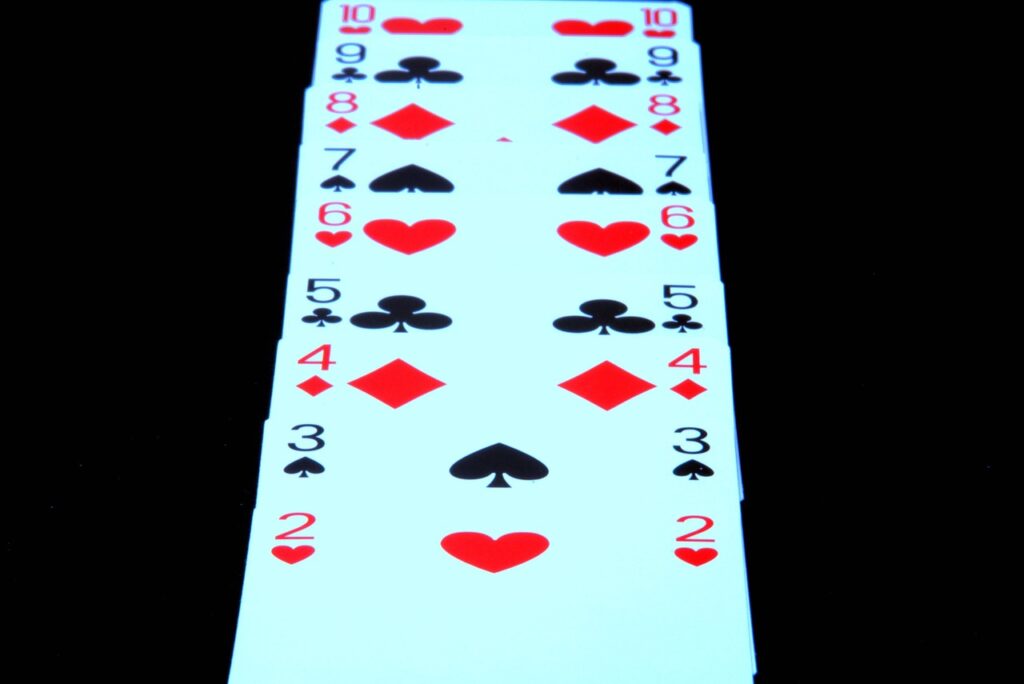






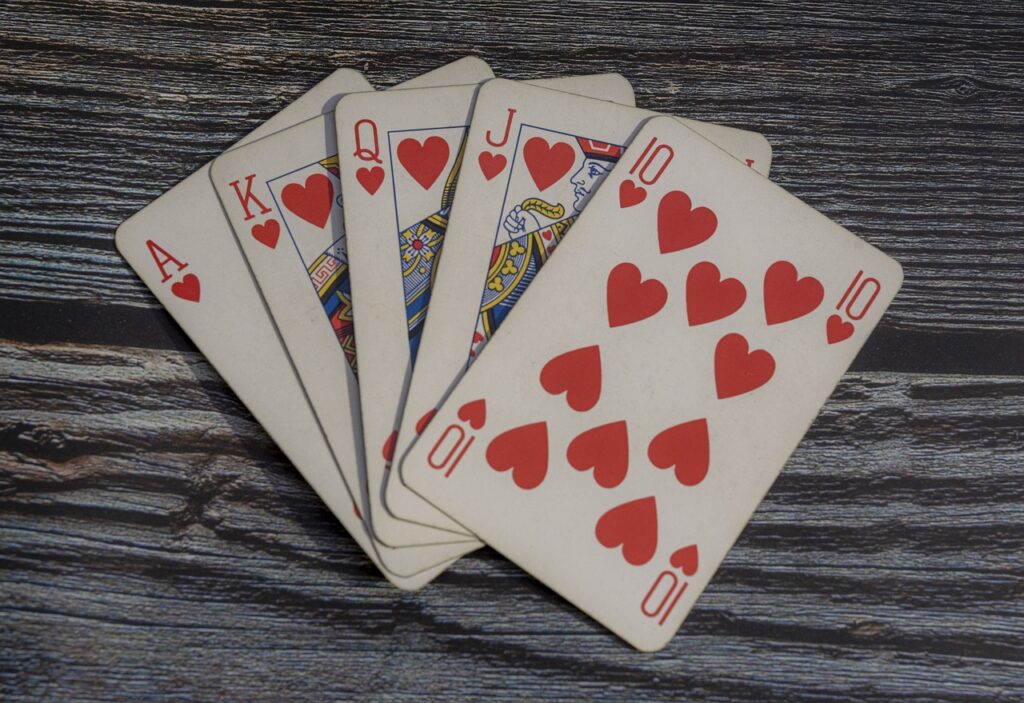


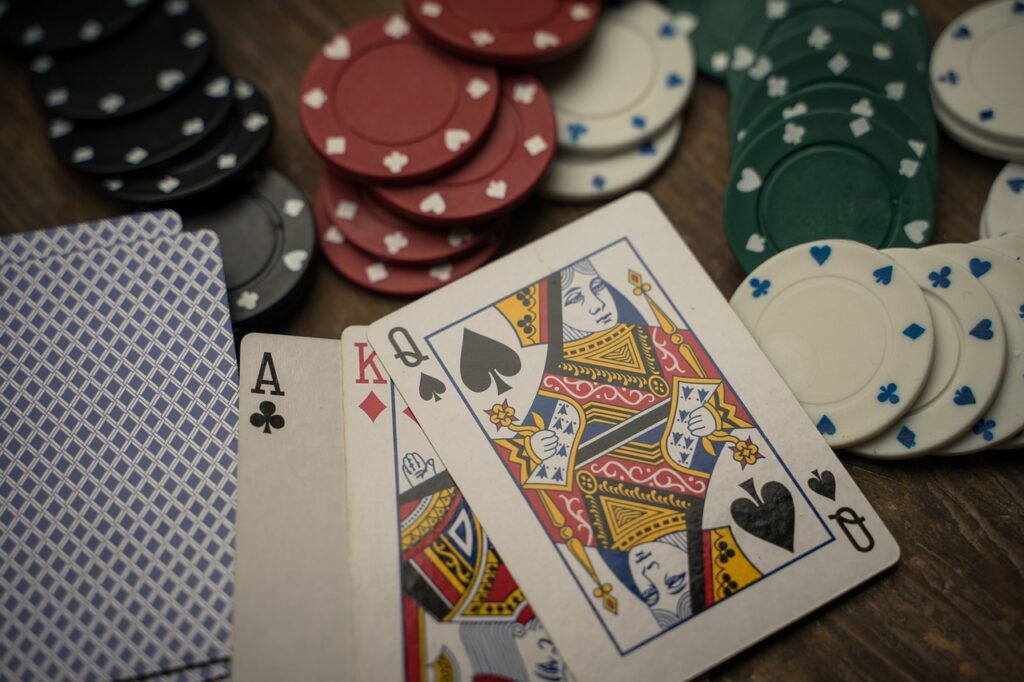

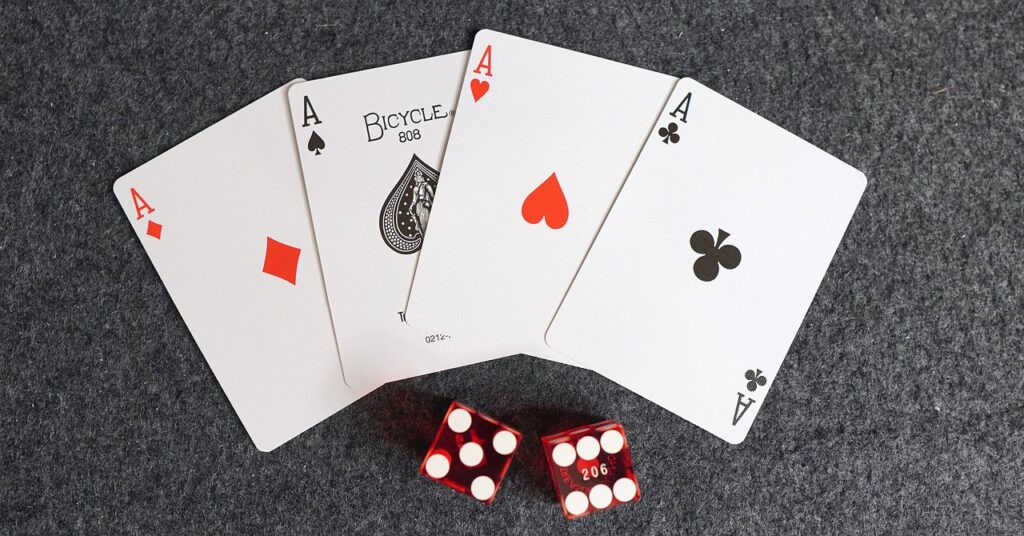




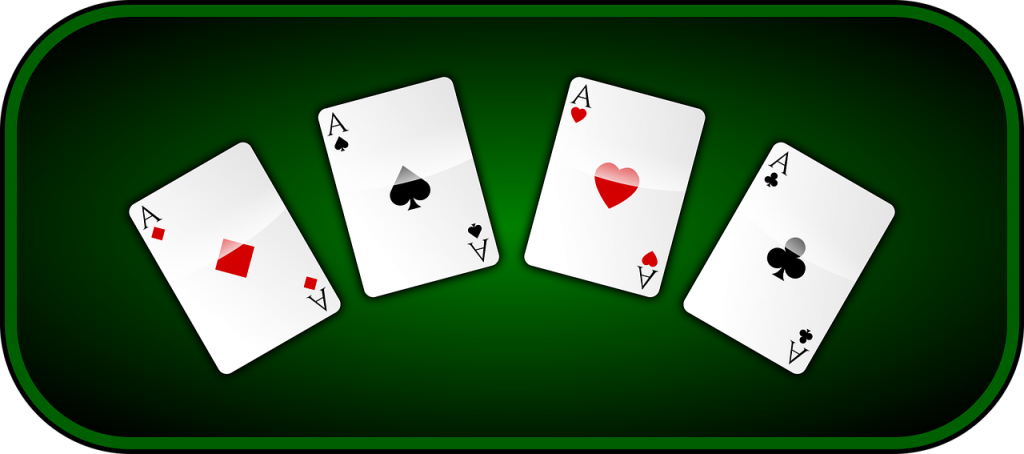



Follow Us!